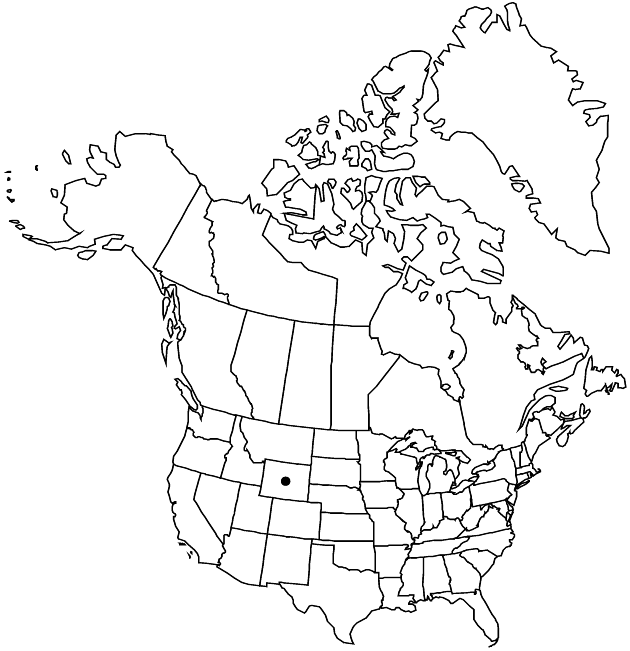Difference between revisions of "Townsendia microcephala"
Madroño 39: 189, fig. 1. 1992.
imported>Volume Importer |
imported>Volume Importer |
||
| Line 51: | Line 51: | ||
|publication year=1992 | |publication year=1992 | ||
|special status=Endemic | |special status=Endemic | ||
| − | |source xml=https:// | + | |source xml=https://bitbucket.org/aafc-mbb/fna-data-curation/src/2e0870ddd59836b60bcf96646a41e87ea5a5943a/coarse_grained_fna_xml/V19-20-21/V20_427.xml |
|tribe=Asteraceae tribe Astereae | |tribe=Asteraceae tribe Astereae | ||
|genus=Townsendia | |genus=Townsendia | ||
Latest revision as of 21:02, 5 November 2020
Perennials, 1–3 cm (usually ± pulvinate). Stems ± erect; internodes 0.1–1 mm, ± villous. Leaves basal and cauline, ± spatulate to oblanceolate, 3–8(–18) × 1–2.5 mm (not fleshy), faces ± villous. Heads ± sessile. Involucres ± campanulate, 4–8 mm diam. Phyllaries ca. 26 in 3–4 series, the longer ± lanceolate, 5–8 mm (l/w = 3–5), apices acute, abaxial faces ± strigose to villous. Ray florets 13–17; corollas white adaxially, laminae 5–8 mm, glabrous abaxially. Disc florets number unknown; corollas 4 mm. Cypselae 3–4 mm, faces glabrous or glabrate; pappi readily falling, of 15–20 subulate to setiform scales 3–5 mm (± connate basally).
Phenology: Flowering Jul.
Habitat: Rocky slopes
Elevation: 2600 m
Discussion
Of conservation concern.
The type of Townsendia microcephala may prove to be conspecific with that of T. spathulata.
Selected References
None.
